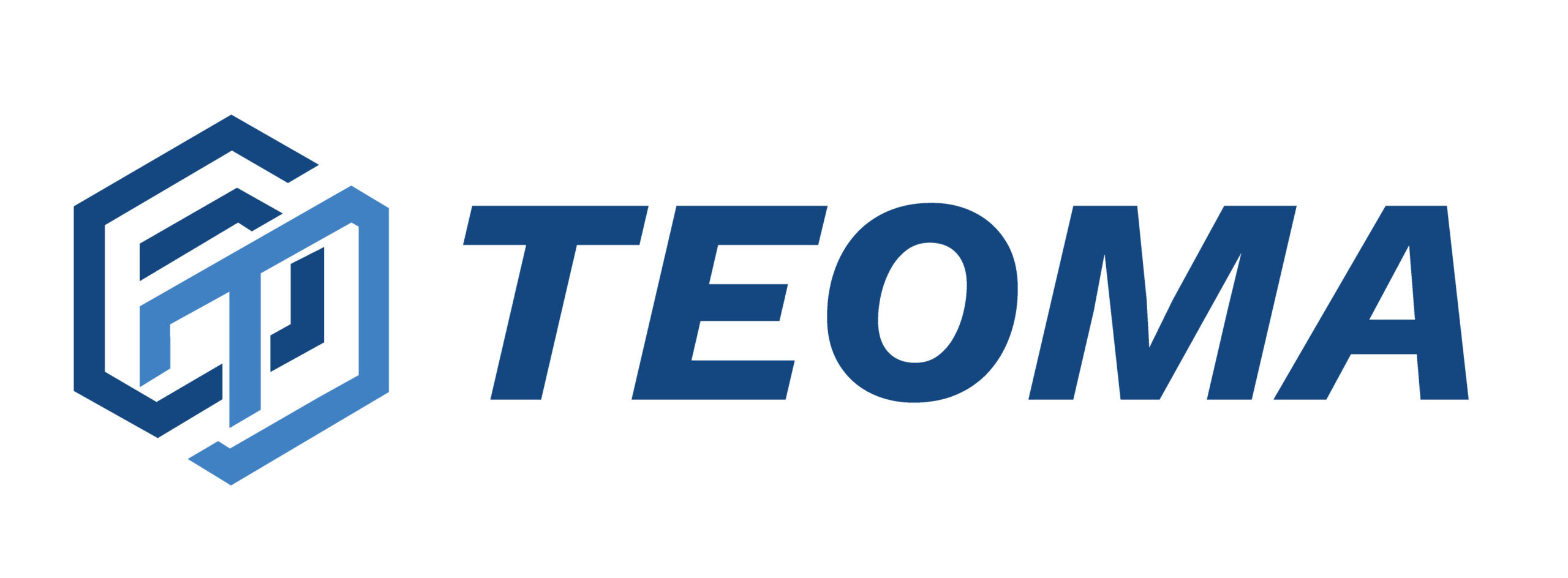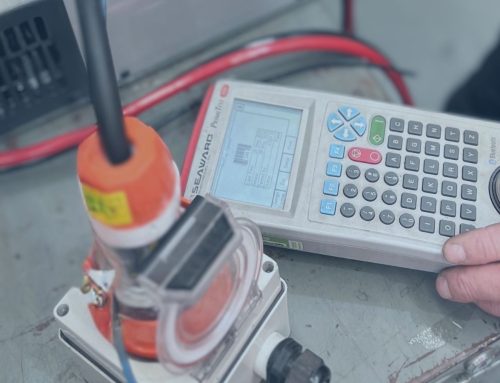In an increasingly competitive and fast-paced market, the food production industry faces the challenge of meeting rising consumer demands while maintaining high-quality standards. Efficiency, precision, and safety are critical to success, and one of the most effective ways to achieve this is through the integration of industrial automation solutions. By adopting innovative technology, food production facilities can streamline operations, reduce human error, and optimise processes for greater output with less waste. Here’s how industrial automation has revolutionised the food production industry.
- Increased Production Speed and Efficiency
One of the most obvious advantages of industrial automation is the significant boost in production speed. Automation systems, such as robotics and conveyor-based systems, can operate continuously without fatigue, processing high volumes of food with precision. Tasks that once took hours or days can be completed in minutes, ensuring a faster production cycle.
Automated sorting systems use advanced sensors to rapidly sort, grade, and package products with unparalleled accuracy. This reduces the bottlenecks in production, minimises downtime, and ensures that high-quality products are delivered on time to meet consumer expectations.
- Improved Consistency and Quality Control
Maintaining product consistency is a key challenge in food production. Manual processes are prone to variability due to human factors such as fatigue, inexperience, or inconsistent technique. Automation, on the other hand, delivers repeatable, precise results.
Advanced quality control systems, including vision-based inspection technology, detect imperfections and ensure uniformity across all products. Whether it is measuring exact ingredient quantities or identifying defective items, automation ensures that every item meets the same high standard, helping to minimise product recalls.
- Reduced Labour Costs and Improved Workplace Safety
While automation replaces some manual tasks, it does not eliminate the need for staff on the production floor. Instead, it allows companies to reallocate labour to more specialised and value-adding roles. Staff can focus on quality management, maintenance, and optimisation rather than repetitive and physically demanding tasks.
Moreover, automation reduces the risk of workplace accidents. In food production environments where sharp equipment, elevated temperatures, or heavy lifting are common, industrial robots can handle high-risk tasks, protecting employees and creating a safer work environment.
- Minimising Waste and Enhancing Sustainability
Waste reduction is a growing priority for food producers, both from an environmental and cost-efficiency perspective. Automated systems can significantly reduce raw material waste by ensuring precise portioning, cutting, and processing. Automated cutting machines can slice food products with incredible accuracy, reducing scrap and ensuring that every usable part of the material is processed.
Automation also enables better tracking of resources. From monitoring water and energy usage to optimising ingredient use, smart systems provide insights that allow companies to operate more sustainably while lowering costs.
- Enhanced Food Safety and Compliance
Food safety is a top concern for both consumers and regulatory bodies. Industrial automation solutions can play a vital role in improving safety by ensuring that food handling processes meet stringent hygiene and safety standards. Automated cleaning systems, for instance, can disinfect equipment and surfaces more effectively than manual cleaning, ensuring a higher level of sanitation.
Traceability systems can track products throughout the entire production process, allowing companies to respond quickly to any safety issues or recalls. With automation, compliance within the food safety regulations becomes more manageable, reducing the risk of costly penalties and protecting brand reputation.
- Data-Driven Decision Making
Modern automation systems are equipped with IoT (Internet of Things) sensors and real-time data collection capabilities. These systems gather crucial production data, such as machine performance, energy usage, and product quality metrics, providing insights that help management make informed decisions.
With access to real-time data, food production facilities can optimise their processes on the fly, identifying inefficiencies and making adjustments that lead to cost savings and increased output. Data analytics also allows for predictive maintenance, reducing the likelihood of equipment failure and unexpected downtime.
Automating the Future of Food Production
The future of food production is continually intertwined with automation. As consumer demand continues to grow and expectations around sustainability, quality, and safety evolve, automation is the key to unlocking greater efficiency and reliability. By integrating advanced automation solutions, food producers can optimise operations, enhance product quality, reduce waste, and improve overall profitability.
Investing in industrial automation is no longer an option but a necessity for food production businesses looking to stay competitive in today’s market. By embracing this technology, food producers can ensure they are equipped to meet the challenges of tomorrow with agility and precision.



